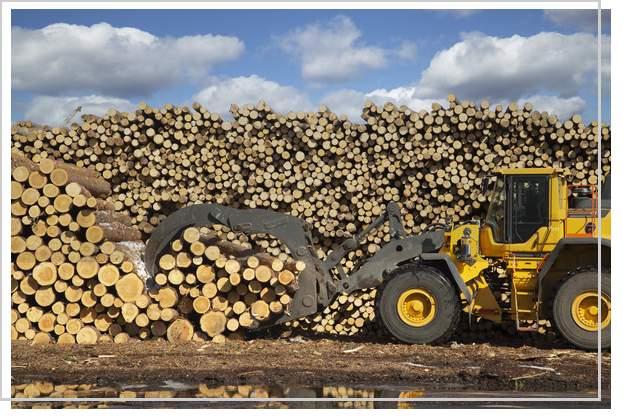A growing population and changing diets combined with a global acknowledgement of the need to produce food more sustainably are increasingly driving the agriculture agenda.
In 2018, the Economist Intelligence Unit (EIU) published its Global Food Sustainability Index, covering 67 of the world’s major agricultural producers. Each country was ranked by indicators across three primary categories: food loss and waste, sustainable agriculture and nutritional challenges.
The worst offenders for importing water in food were the UK, Germany and Japan, each of which import high levels of fresh produce to meet consumer demand. And agriculture’s huge thirst for water is not just limited to the trade of fresh produce: meat production is a major drain on this resource.
Savills research evaluated the sustainability of eight sources of protein (see chart below) by comparing the water and land required to produce one gram of protein, as well as the resulting greenhouse gas emissions.
It found that, to produce the equivalent amount of protein, the environmental impact of each protein source analysed varied significantly with beef at 100 per cent and insects at 0.3 per cent. Insects also have an impressive capacity for converting food into body mass with a 90 per cent conversion rate.

.png)
.jpg)
.jpg)




(1).jpg)
.jpg)
